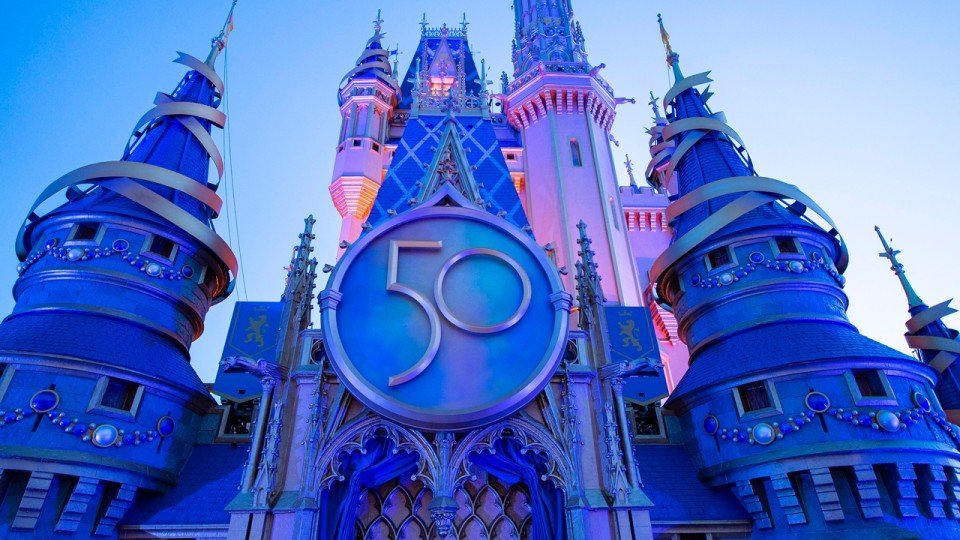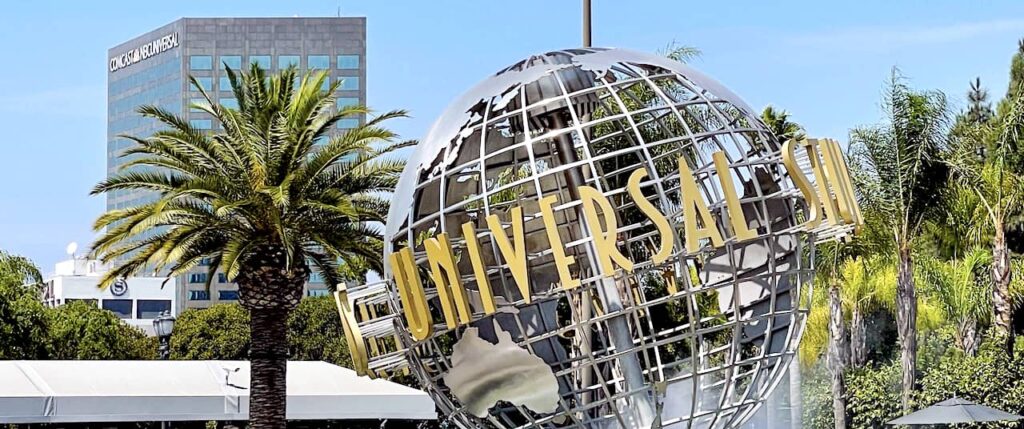Once upon a time, long before the Coaster Wars of the 1990s took thrill ride innovation to new heights, there was Arrow…Okay, so the California-based Arrow Dynamics was far from the only roller coaster manufacturer in the game, but for as long as the concept of a steel roller has existed, Arrow was there. That’s because Arrow developed the first – Disneyland’s Matterhorn Bobsleds. The idea of using tubular steel rails rather than stacked wood (as in every roller coaster prior) made Matterhorn a landmark, and put Arrow on the map.And even as new coaster manufacturers arose throughout the ’60s, it was still Arrow who owned the game. A wave of their “mine train” steel coasters swept the continent, becoming mainstays of modern amusement parks. Arrow was responsible for the first modern coaster with an inversion (1968’s Corkscrew at Knott’s Berry Farm). That gave way to the ’70s seeing any self-respecting park race to build their own Corkscrews, then Double Loops. In 1978, Arrow built the first coaster over 100 feet – Cedar Point’s Gemini.
Image: Six FlagsThat was nothin’. In the ’80s, Arrow advanced. Pushing the boundaries of thrill and technology, parks raced to build increasingly-gargantuan “Arrow multi-loopers;” Arrow pioneered the swinging “suspended coaster” model; then, in 1989, they did the unthinkable, shattering the 200-foot record with Cedar Point’s Magnum XL-200. What Arrow couldn’t have seen coming was that the whole game was about to change. The ’90s saw the emergence of serious competition as Swiss manufacturers Intamin and Bolliger & Mabillard (B&M) burst onto the scene, introducing dynamic new models, cutting edge technologies, and – worst of all for Arrow – increasingly comfortable, smooth, computer-modeled, and cutting-edge ride layouts that Arrow couldn’t match with lumbering, head-banging, clumsy, and naive loopers.The industry had moved on. And Arrow bet the house on one big, audacious, extreme last gasp: a project that would either propel the company forward into a Coaster Wars contender… or bankrupt them… They called it…X
Image: Six FlagsBy the New Millennium, Six Flags Magic Mountain near Los Angeles had already been selected as a major player in the Coaster Wars. Online discussion boards churned with debate about whether Magic Mountain or Cedar Point would ultimately “win,” with each park battling back and forth to claim or retain the crown of “most coasters on Earth.” And there, in the valleys of Santa Clarita, Arrow would take its last stand.Today, there are very few comparisons you can make to explain what X is. In 2002, there were none. The world’s first “4th Dimension” coaster, X looked like nothing that had existed before. Riders were positioned neither on the track nor suspended beneath it. Instead, the wing-like trains positioned riders inline with the track, cantilevered off to either side. But unlike today’s B&M Wing Coasters, the first “Xtreme” coaster allowed those cantilevered, winged seats to rotate, flipping riders forward and backward in a “4th dimension” of motion.
Image: Joel A. Rogers, CoasterGallery.comHere’s where the complication comes in. The winged seats on X don’t flip freely like the seats on modern S&S “4D Free Spin” coasters, influenced by weight distribution, magnetic fins, and chaos theory. Instead, this groundbreaking, pioneering, transitional prototype is surprisingly… analog. While the wide, winged trains ride along tubular steel rails – like all steel coasters – there’s a second set of outer rails that rise and fall relative to the running rails, physically adjusting a rack and pinion gear rotating mechanism that determines the positioning of the seats.What that means in practically is difficult to describe… But on the next page, we’ll ride into the wonders of X and reflect on this unthinkable prototype – including its highs and lows… Read on…
Image: Joel A. Rogers, CoasterGallery.com



